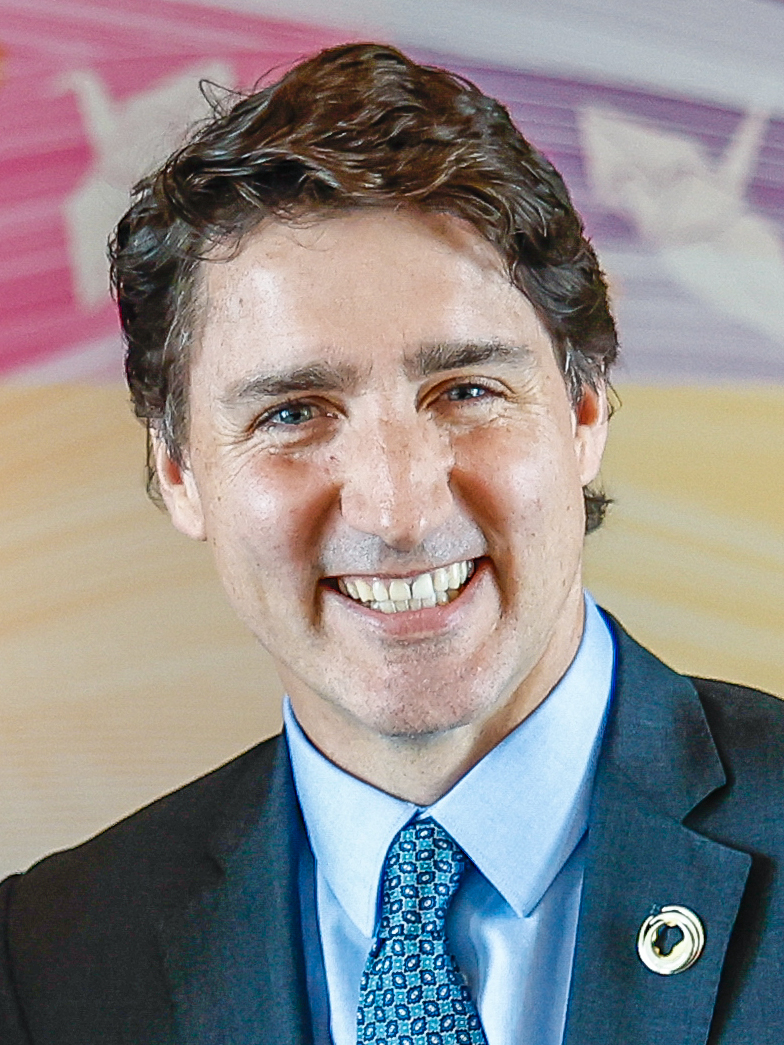Introduction
Canada Caps International Students Visa to 350000 for 2 Years, Here is why – International student enrollment in Canada has risen dramatically over the past two decades. According to the Canadian Bureau for International Education (CBIE), the number of international students in Canada at all levels of study was 807,750 at the end of 2022, representing a 31% increase from the previous year (CBIE Infographic). Recent data shows that international students now make up over 21% of all post-secondary students in Canada (McGill). With growing global demand for Canadian education, challenges have emerged in terms of housing availability and affordability, campus infrastructure, and graduate employment.
In response to these pressures, the Canadian government recently announced a new 2-year cap that aims to reduce incoming international student visas by 35% overall. This policy change marks a major shift for Canada’s international education sector. While supporting continued diversity, the cap seeks to curb rapid enrollment growth in order to alleviate strains on housing and labor markets. Details of the student visa allocation under the new cap and analysis of resulting impacts on schools and students across Canada are examined in the sections below.
Become a Data Analyst Expert within 3 Months
Python Certification Training Course. Use coupon code: EDUPOWERBI30
Tableau Certification Training Course
Data Science with Python Certification
Data Analytics with R Programming Certification Training
Questions to answer:
- What is the new cap and how much will it reduce student visas?
- Why did the Canadian government make this decision? What were the main factors?
- How will the cap impact different provinces and schools? Which will see the biggest reductions?
- What do critics and advocates say about the cap’s costs and benefits?
- How might the cap affect future international student enrollment in Canada?
- Will the cap help with housing availability and affordability in Canada?
- What alternatives are there to capping student visas?
Table of Content
- Intro
- Details of the cap
- Reasons for the cap
- Impact on schools
- Criticisms of the cap
- Benefits claimed for the cap
- Alternatives to limiting student visas
- Conclusion
Details of the New Visa Cap
According to the Government of Canada, the new cap will limit study permits to 350,000 per year starting in 2024, a reduction of nearly 35% from the over 500,000 study permits issued in 2022 (source). This will significantly reduce the number of new international students able to enter Canada each year.
Parental Control Software
#1 Rated Parental Control Software.
Monitor & Control all PC Activity!
sentrypc.com/parental-controls/
Ontario is expected to see the largest impact, with study permits dropping by 37%, followed by British Columbia at 32% and Quebec at 30%. Certain programs like business, engineering, computer science, and healthcare fields are predicted to be most affected since these tend to attract the majority of international students.

Colleges that focus on career-oriented diplomas are also anticipated to face steep declines in international enrollment and revenue. Schools will likely have to reduce program offerings and class sizes, with some programs possibly facing elimination if student numbers drop too low.
Reasons for the Cap
The Canadian government cited several key factors behind its decision to implement a cap on international student visas, including housing shortages, high unemployment, and strain on infrastructure and public services. Many analysts also point to shifting public opinion and political considerations around high immigration levels in recent years.

Housing availability and affordability have become major public concerns across Canada, especially in cities like Toronto and Vancouver which attract high numbers of international students. With enrollment rising rapidly, policymakers identified international students as a key contributor to surging housing demand. Reducing student visas is seen as one way to ease pressure on limited housing stock (Economic Times).

High unemployment among recent Canadian graduates is another factor cited for limiting student visas. With international students eligible to work during and after graduation, policymakers want to ensure sufficient jobs for domestic graduates, especially in major cities with tight labor markets.
In addition to housing and jobs, immigration critics argue Canada’s infrastructure and public services are being strained by rapid population growth from international students and other immigrants. Schools, transit, healthcare, and other public systems may not be expanding fast enough to serve the surging population in some views. This is part of a wider ongoing debate about the appropriate rate and sources of immigration (Economic Times).

Impact on Schools
The two-year cap on student visas is expected to significantly impact Canadian schools and universities that have come to rely on high international enrollment. With 360,000 fewer study permits to be issued over the next two years, many schools will see drastic revenue losses from lower international tuition fees.

Some universities are anticipating 10-20% declines in international student enrollment, leading to projected revenue drops in the tens of millions of dollars. Smaller regional colleges may be even harder hit, with certain niche programs relying on international students at risk of closure if enrollments plummet.
The visa cap will also likely reduce the cultural diversity that international students bring to Canadian campuses. With fewer students from abroad, the student body at many schools may become less diverse and multicultural. This could negatively impact both domestic and international students who benefit from interacting with a variety of cultures and perspectives during their studies.
Criticisms of the Cap
Many critics argue the cap will have negative impacts and fails to address the root causes of the issues it aims to solve. Advocacy groups for international students say the cap will lead to substantial revenue losses for schools as international students generally pay much higher tuition. With less tuition funding, universities may be forced to cut programs and classes. Critics also argue the cap is misguided because not all international students immigrate after graduating – many return home after their studies, so cutting student visas may not significantly reduce permanent residency. The cap is seen as scapegoating students when the real cause of the housing crisis is factors like zoning laws that restrict new development. Some education advocates say the cap will reduce diversity on campuses and negatively impact the learning environment.
Benefits of the Cap
Some proponents argue that the new visa cap will ease housing shortages, open up more campus jobs, and slow rapid population growth in Canada (https://www.cbc.ca/news/politics/miller-cap-international-students-1.7090779). With 350,000 international students in Canada, many live off-campus and compete for limited housing stock. Reducing student visas by 35% over two years could take pressure off the rental market, especially in major cities like Toronto and Vancouver which attract a large proportion of international learners. This may then lead to more availability and affordable prices for citizens.
Similarly, the cap aims to ensure more on-campus employment opportunities go to domestic students rather than international ones. Some argue this provides a fairer situation for Canadian citizens to gain work experience during school. With potentially tens of thousands fewer new student visas annually, campus job vacancies in areas like food, retail, and recreation may now see more citizens hired.
Finally, slowing the rapid intake of international students can help manage Canada’s high population growth which puts strain on infrastructure like transit, healthcare, and schools. Annual population growth of over 1% is partially fueled by high immigration and student levels, so lowering student visas could reduce unsustainable growth rates especially in major metros.
Alternatives to Capping Visa Numbers
There are some alternatives for Canada to consider instead of capping international student visas that could help address concerns without reducing enrollment numbers.
One option would be to increase housing density allowances in major cities like Toronto and Vancouver to allow more apartment buildings to be constructed near campuses. As this article discusses, the housing shortage in cities with major universities is a main factor behind the visa cap.
Another approach could be providing incentives for international graduates to work in provinces outside of Ontario, British Columbia and Nova Scotia after they complete their degrees. This could redistribute recent graduates to areas with less competitive job markets and housing availability. The government could offer permanent residency incentives for working in specific provinces for a period of time after graduating.
Finally, Canada could consider differential tuition rates where international students pay higher tuition fees than domestic students. Rather than limiting numbers, they could generate more revenue from international enrollment to fund additional campus housing and academic infrastructure as discussed.
School Responses
Canadian universities and colleges are voicing serious concerns over the new student visa cap, warning it could have unintended negative consequences (CBC News, 2023). Many schools rely heavily on international student tuition, which is generally two to three times higher than domestic tuition. The sudden drop in enrollments is expected to lead to budget shortfalls and program cuts at some institutions.
According to University of Toronto president Meric Gertler, “An abrupt drop of this magnitude risks destabilizing the financial model that supports our academic mission” (CBC News, 2023). Schools will need to quickly adjust their international recruitment strategies and find ways to replace lost tuition revenue. Some may scale back international recruiting efforts and focus more on domestic students. However, domestic enrollment cannot make up the gap in most cases.
Institutions that have developed infrastructure, faculty and programs to serve international students will be the hardest hit (Globe and Mail, 2023). For example, York University projects losing over $90 million annually due to the visa cap. Smaller schools focused on international students, like Vancouver Island University, may need to eliminate programs entirely.
While supportive of addressing housing shortages, schools argue the visa cap is not the right mechanism and ask the government to reverse the decision (Vancouver is Awesome, 2023). If not, schools will lobby for more time to adapt and financial aid to transition without damaging academic quality for all students.
Student Responses
The announcement of the visa cap has elicited strong reactions from international students already in Canada or hoping to study there. Many current students feel dismayed and worried about their future prospects. “I’m scared this means I won’t be able to get a post-graduation work permit anymore,” said Jane Lee, an economics student from South Korea studying at the University of British Columbia (Bloomberg).

Students hoping to study in Canada are also reconsidering their plans after the cap’s announcement. “I’ve dreamed of attending university in Canada, but the new rules make it too risky to commit now,” said Luis Rodriguez, a high schooler in Mexico City. “I’ll start looking more seriously at schools in Europe instead.” Many international students express feeling unfairly targeted and worry the cap signals a broader shift in attitudes toward immigrants in Canada.
Enrollment consultants say the number of overseas students interested in Canada has already started dropping sharply. “Students feel blindsided by the government’s decision,” said Priya Shah, a Mumbai-based consultant. “Unless the policy changes, Canada’s reputation as a welcoming study destination will suffer.” Some international students are considering transfers to other countries or schools not covered by the federal visa cap, though their options may be limited.
Conclusion
In summary, Canada’s new 2-year cap on international student visas is poised to reduce visa numbers by 35% and have wide-ranging impacts. The government enacted the cap primarily to ease strains on housing affordability and availability. However, critics argue the cap goes too far and will lead to revenue losses for schools plus hurt cultural diversity on campuses.
While the cap may provide some relief for domestic housing and job markets, alternatives like increasing campus housing and incentives to work outside major cities could lessen the need for blunt visa restrictions. With many schools and students speaking out against the cap, it remains to be seen whether the government will introduce additional changes to international student policy in the future.
